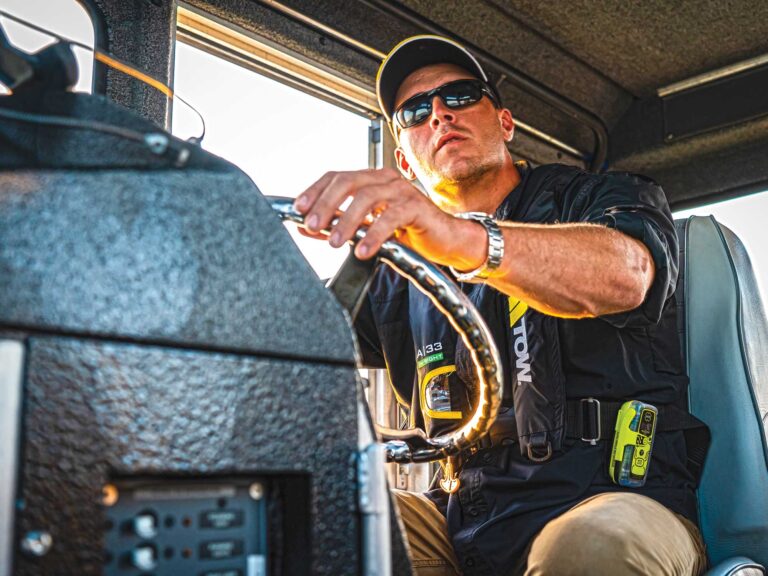Boaters don’t want to think about abandon-ing ship, but stuff happens and sometimes there’s no alternative. That’s why it’s important to plan ahead. Here, then, is what you need to know about life rafts.
WHO needs a life raft? Anyone who goes offshore, regardless of boat size, should have an offshore life raft, which manufacturers say is designed for four to five days of survival and has two independent buoyancy tubes. If you boat exclusively inshore, it’s a good idea to have a life raft. Why? In waters colder than 78 degrees Fahrenheit, hypothermia can occur in just two hours, and in tropical waters you need protection from the sun. Check out a coastal life raft, which is designed for same-day rescue.
WHAT size is best? That depends on how many people are onboard. The Coast Guard requires about four cubic feet per person-not a lot of room to stretch. Opt for a raft that’s two persons larger than your boat’s maximum capacity. Don’t go too big or it’ll be hard for body heat to warm up the capsule.
WHEN is it deployed? If you have no other option, such as when a collision causes your vessel to rapidly take on water or a fire emits toxic fumes. Never test your life raft (see “Bobble-Head Doll”). You could damage it, and it costs about $1,000 to repackage.
WHERE is it stowed? Don’t stow it in the engine room-think fire. For a life raft in a fabric valise, stow it in a readily accessible, protected area. If you want it on deck, put it in a canister that’s secured to a cradle bolted on deck to protect it from the elements. Opt for one with a hydrostatic release that automatically unloads the canister if the boat sinks. As it floats to the surface, tension on the static line (also called painter or mooring line) will cause the life raft to automatically inflate. Make sure to mount the cradle clear of rigging.
WHY is a SOLAS-approved life raft best? The international maritime organization SOLAS (Safety of Life at Sea) sets strict standards for life rafts and safety gear. Although SOLAS-approved rafts are required on most commercial vessels, they’re not on recreational boats. Standard life rafts, if they’re similar to SOLAS ones and have USCG-approved features, tend to be less expensive and lighter.
HOW much does it cost? $2,000 to $6,000-and up. Plus, you’ll spend $200 to $700 for annual maintenance. Plan to get a new one every 12 to 15 years. Contact Avon (410/604-3616, www.avonmarine.com), Switlik (609/587-3300, www.switlik.com), or Zodiac (410/ 643-4141, www.zodiacmarineusa.com). And spring for an EPIRB (Emergency Position Indicating Rescue Beacon). You’ll spend less time waiting to be rescued.









